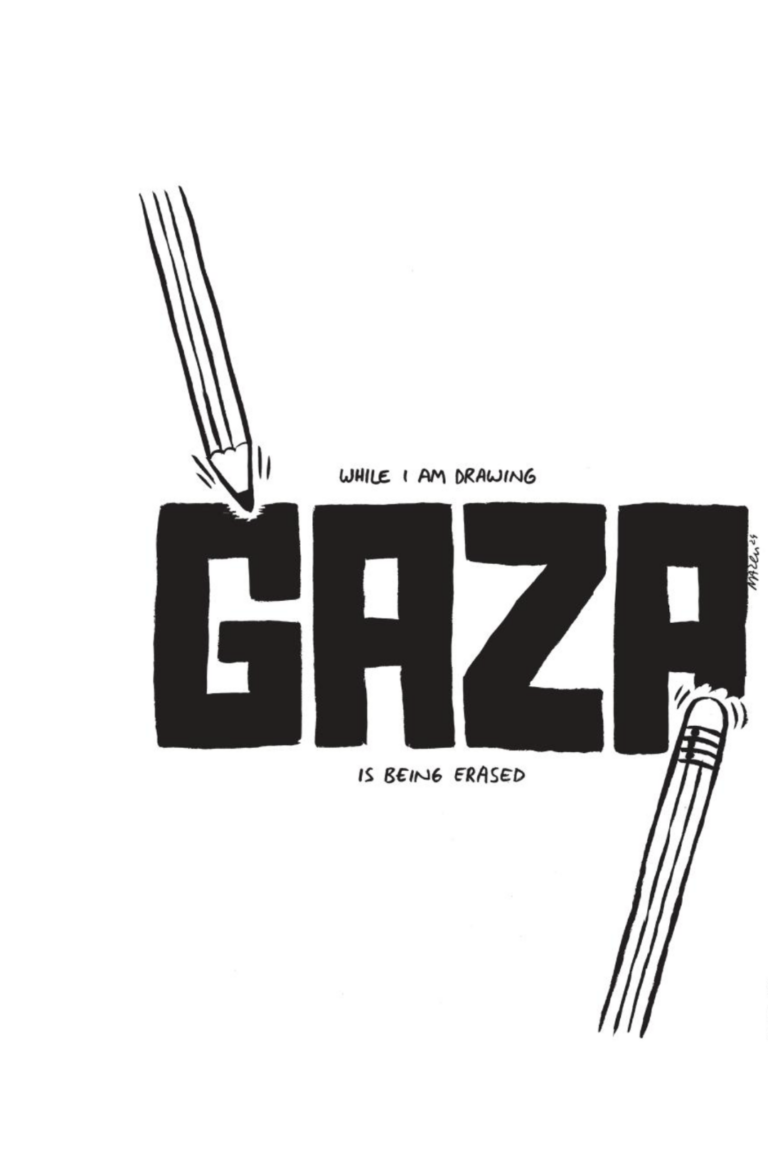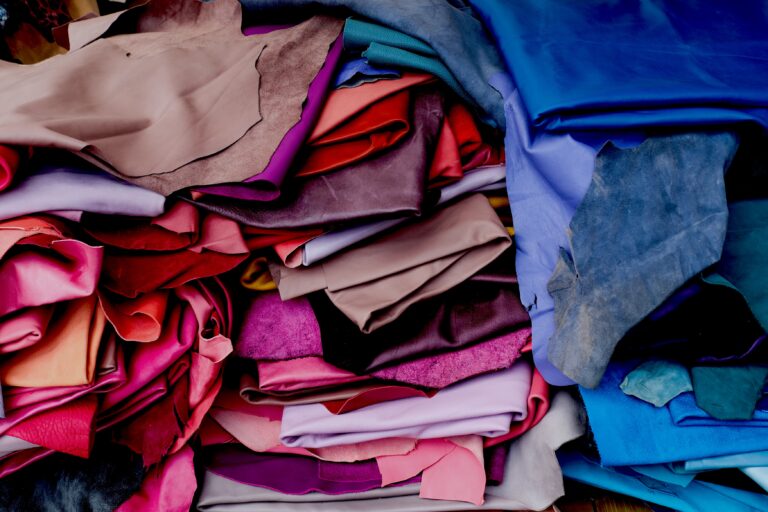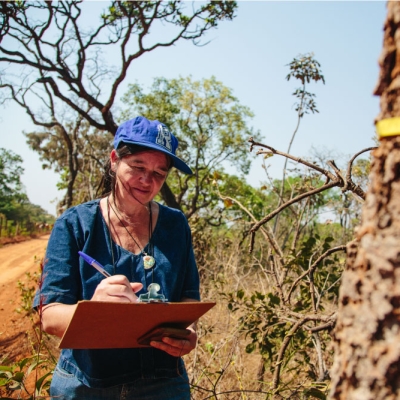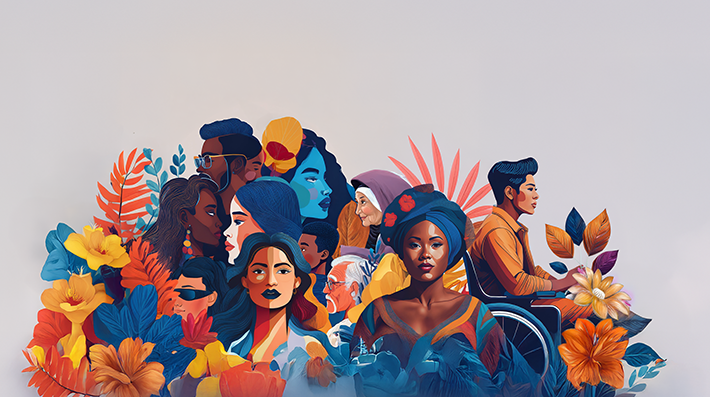By Andrea Tucci,
Yazan al-Saadi, Syrian journalist and comic book writer based in Beirut, is co-founder of collective compilation gathered by a collective “Cartoonists for Palestine, says: for me, comics are a weapon to inform, and shifting lines.”
From the beginning of the Israeli war on Gaza, launched after Hamas’ Oct. 7, 2023 attack, Saadi realized that in the face of the constant bombings and massive displacements caused by the Israeli state, comic artists were divided into two camps: “Some were paralysed by horror, while others were producing stories, each in their own corner,” he recalls.
The idea then came to him to launch a platform to gather all the artworks depicting what looked destined to become a significantly more severe onslaught than yet another destructive war in Gaza. The project was both to gather published comics about the situation in Palestine and to guide comic artists hesitant to create on this theme.
“Cartoonists for Palestine” started on Instagram, then a website was launched, before its founders aimed higher: “We thought that by printing an anthology of the works, the printed version could be used for fundraising. The book was published in November 2024 in the United States, and the profits from sales will go to three Palestinian NGOs working on healthcare and future generations in Gaza.” These include Medical Aid for Palestinians, Anera, and the Palestinian Children’s Relief Fund. The collective is currently preparing Lebanese, Spanish, and Swedish editions, “each adapting to the local context, including new comics produced in each country.”
In the collection’s preface, its editors admit to not harboring “illusions about the capability of art to stop bombs from falling on children,” while convincing themselves they hope to “provoke change.”
The collection, available for free as a PDF (https://cartoonistsforpalestine.org/book), offers an astonishing variety of forms, styles, colors, and viewpoints in comics more or less directly addressing the Gaza war.
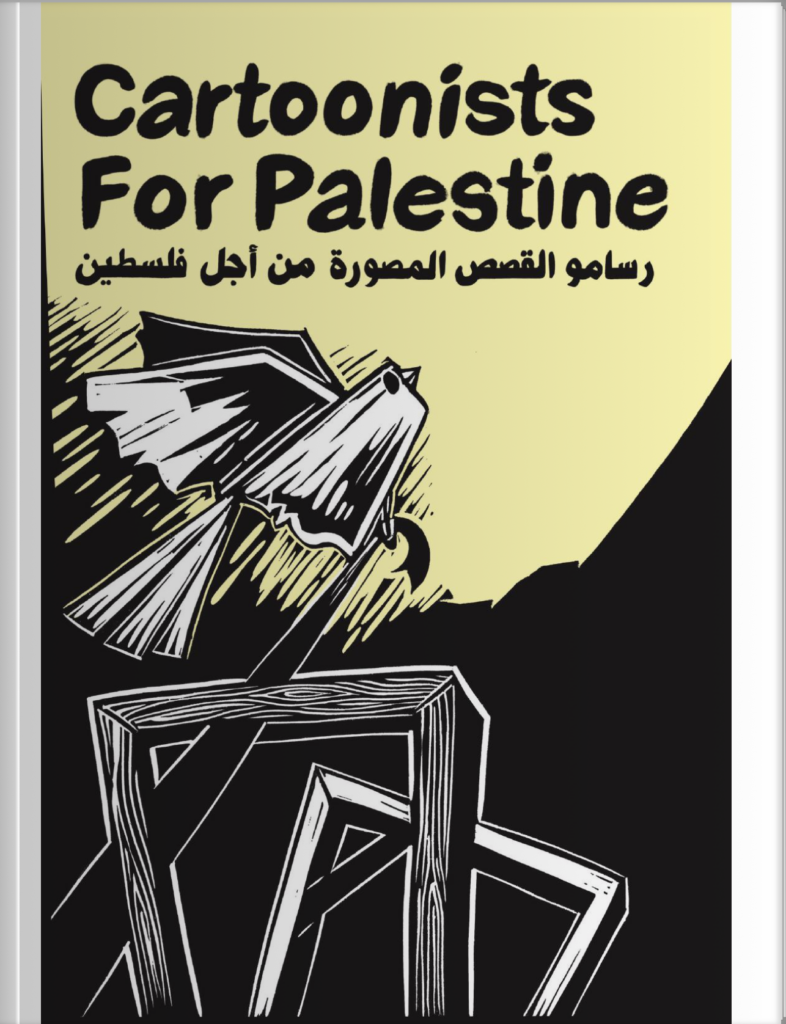
About how we expect some people to be exposed to premature death, and others to a safe life. And beyond that, that for Israeli to live safely, Palestinians must be subjected to death.
That cartoonists come from all corners of the globe does not surprise Saadi: “The Palestinian question is international and touches on many intersecting issues, like respect for international law, apartheid, colonialism, or the right of war,” he says, adding that “the participation of comic artists worldwide shows the universality of this cause.” The contributors agreed to participate in the collection and to donate the revenues to Palestinian NGOs.
In an appendix, the comic Palestine And the Right to Food written by Michael Fakhri and drawn by Omar Khouri embodies well the subversive power of the comic that the book seeks to highlight.The Lebanese comic artist recalls the origin of this unusual work, launched in partnership with his childhood friend Michael Fakhri, U.N. special rapporteur on the right to food.
“We created the first and last comic in the history of U.N. reports,” he summarizes, not without pride. “Approaching the end of his mandate, Michael wanted his report on world hunger to reach a wider audience and thought of using the language of comics. We started working in March 2023. Then the madness of Gaza began,” he remembers. Drawing Gaza became obvious, “since Israel has been using starvation as a weapon of war from day one”.
After several months of work, the two authors manage to summarize — in a few pages of illustrations accompanied by informative texts — the cause and effect of famine in Gaza. Realistic images, in a documentary style, show the destruction of the fishing industry in Gaza and its impact on the local population.
“The life of fishermen says a lot about a place. In Gaza, it tells that the famine of Palestinians is not the sudden and unpredictable consequence of the latest aggression by the occupation forces, but a gradual and deliberate strategy implemented over years,”.
Other drawings call on the imagination to evoke the general causes of famine, like one with a dragon that has multiple heads, embodying imperialism, extractivism, racism, and capitalism as it attacks Palestine. The image was not well-received by the permanent representative of Israel to the United Nations:
In one day, the drawn U.N. report became “one of the most downloaded in history.” However, “the next day, the U.N. banned the publication of reports including comics,” Khouri says, sighing. The two friends are not discouraged. On the contrary, censorship often has the effect of giving publicity to their work, which was presented on Jan. 7 at Beirut’s al-Madina theater.
They are preparing, moreover, an ambitious digital project on the right to food. “If the U.N. wants to publish us, so much the better, otherwise, we will find other channels.”

